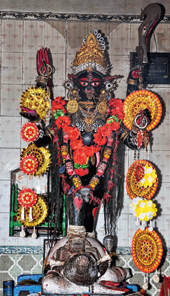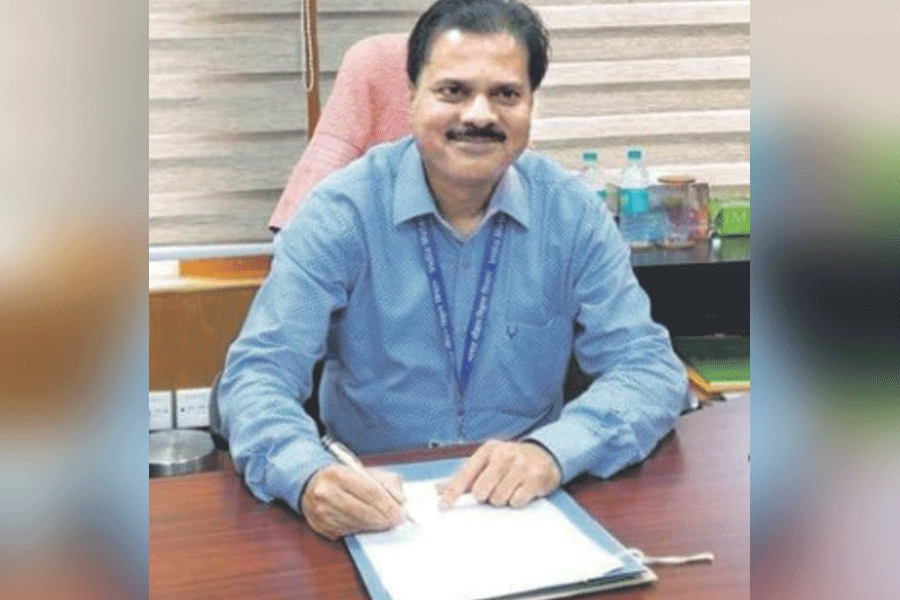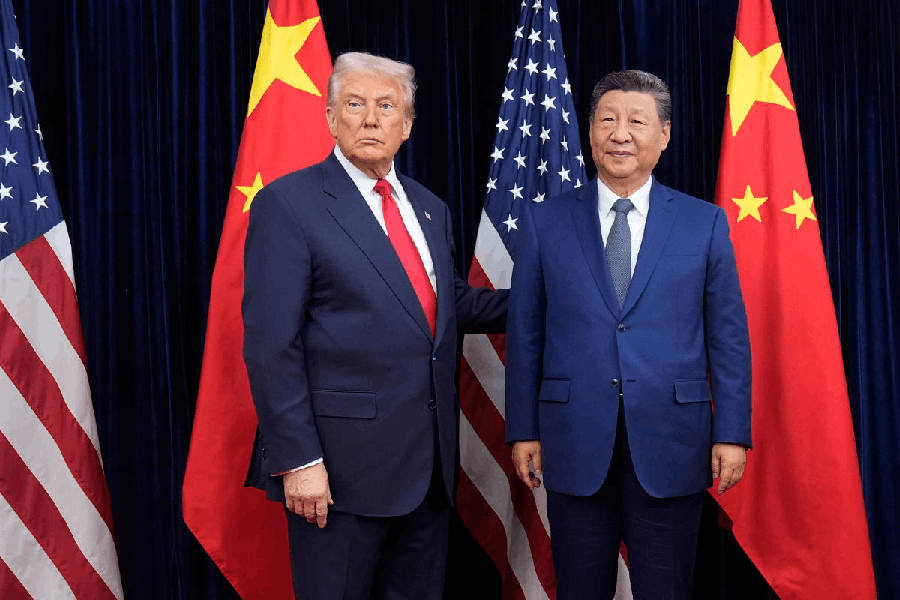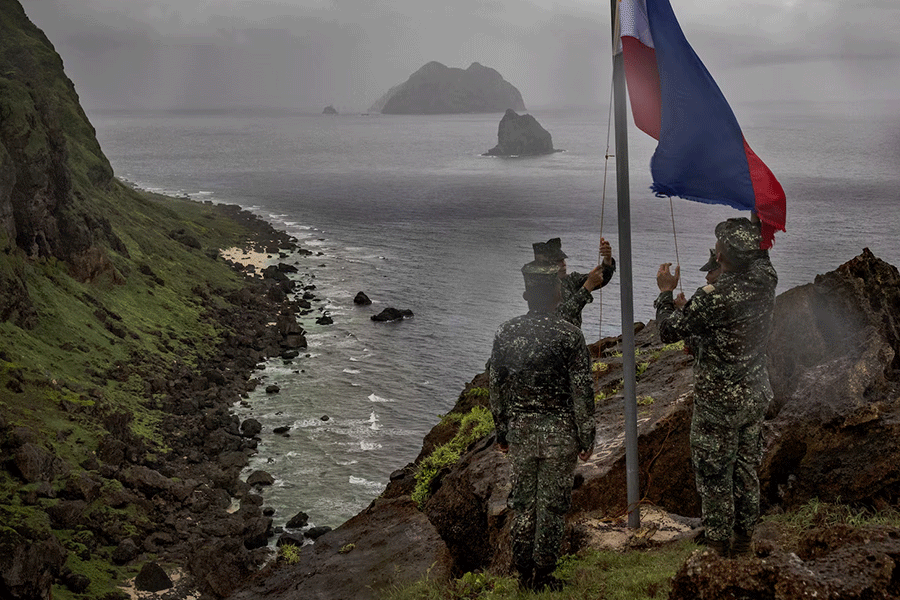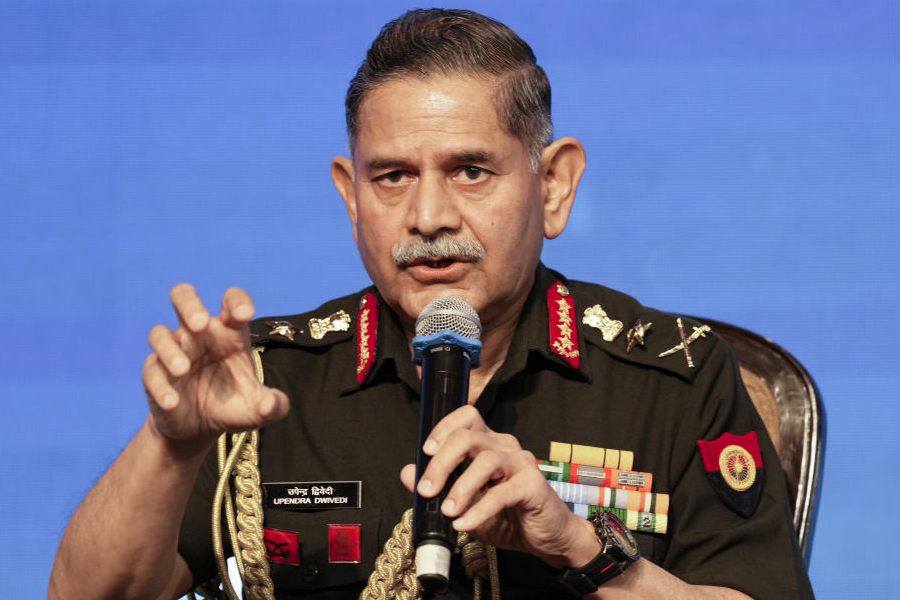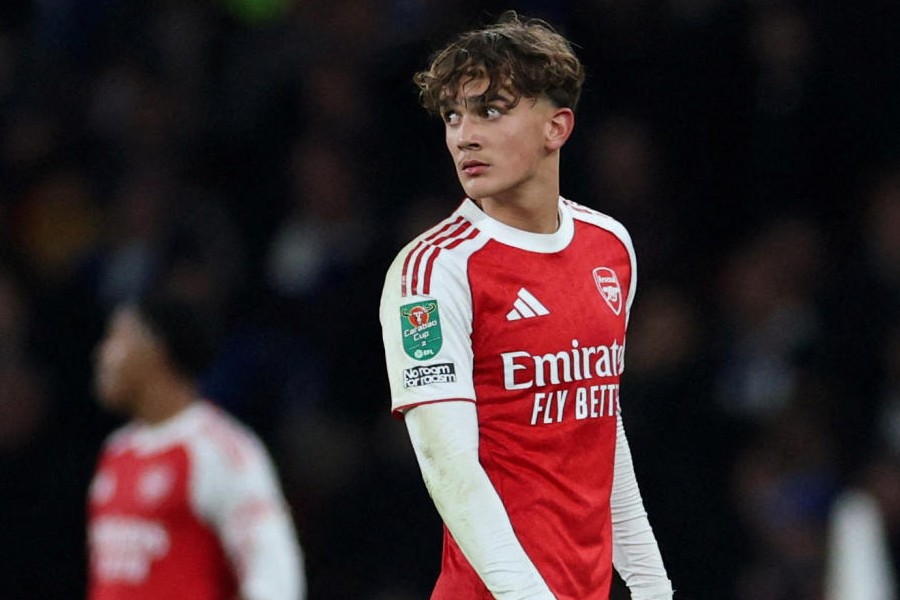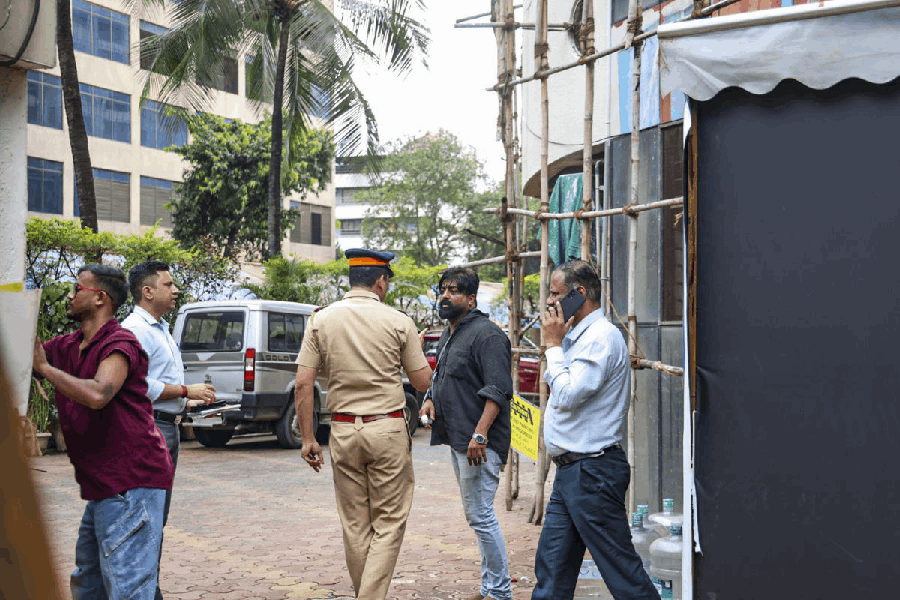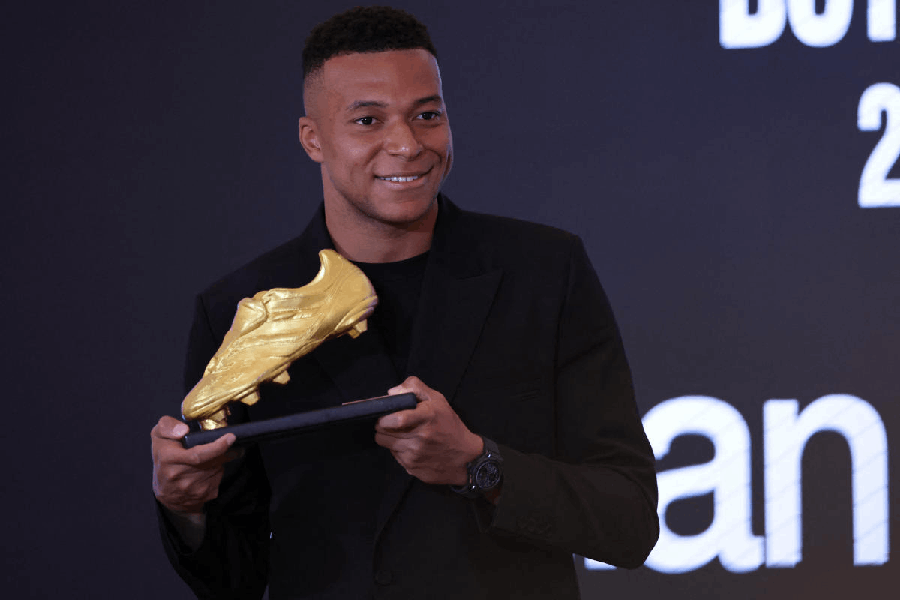 |
| The 450-year old Kali idol, locally called Burima. Pictures by Anup Bhattacharya |
Burima Kali temple at Khalisani
A long procession from the Khalisani R G Party Kali puja, near National Highway 6, left the pandal late in the evening of Kali Puja. The colourful procession was led by 12 dhakis, Adivasi dancers and live models of Swami Vivekananda, Ramakrishna Paramhansadev and Mahatma Gandhi. Members of the RG party also joined the procession, which was on its way to Burima’s temple to offer flowers and prayers to the deity. The members of the puja committee returned to the pandal with a flower offering from the temple and only after that could the purohit start the puja.
Not just the Khalisani RG Party puja, but the numerous other barowari Kali Pujas organised in Khalisani in Uluberia, must follow the same ritual. They must first pay obeisance to Burima before starting puja at their own pandals, a ritual followed by all barowari puja committees.
Burima is a 450-year-old Kali, who is believed to be the protector of this village and area in Uluberia. The deity is an eight feet tall figure of Dakshina Kali standing over Shiva, wearing a garland of clay human arms around her waist and another of human heads around her neck. The idol is adorned with gold-plated silver ornaments, most of which have been donated by devotees. Even her tongue is gilded. Innumerable chandmalas hang from all four hands of the deity. Khalisani’s Kalibari is well-known and revered among most Kali devotees and on special days, many people from Howrah and other districts come to offer prayers at the temple. The forefathers of the sevaits at the temple, had established the deity.
 |
| Burima’s temple at Khalisani |
Chandicharan Bhattacharya, a purohit at Jagatpur in Howrah, had first come to Khalisani which was, at that time, a deep and dark forest. The Gouri river ran through this region. Chandicharan had dreamt of Kali one night and it is said that the goddess had ordered him to establish a temple on the bank of the Gouri river. Chandicharan made a shack from coconut leaves where he made this idol of Kali and worshipped the goddess there. As people from neighbouring villages came to know about the Brahmin, they would visit the makeshift temple. Gradually, the temple became popular.
This area belonged to the Kundu Chowdhury family of Andul and the then king, decided to donate land to Chandicharan to establish his own house. The present temple stands over three bighas. “The land for the temple along with a pond was given by the Kundu Chowdhurys. They had also donated paddy fields and other debuttor property for running the temple,” said Sukamal Bhattacharya, a fifth generation descendant of Chandicharan, who is also one of the head purohits of the Burima temple.
 |
| The natmandir in front of the temple is being renovated |
Chandicharan’s grandson, Kalipada Bhattacharya, was the one who took initiative to establish a mud temple with a tiled roof for Kali. Kalipada’s wealthy son, Suren Bhattacharya, had established the present permanent structure some 110 years back. The dais on which the deity stands has 108 skulls under it. A panchamundi (five skull) seat was made on which the purohit sits to offer prayers. “The asan has been made with the skulls of a snake, a tiger, a fox, a deer and a goat following tantric rituals,” said Sukamal. Since the idol is made of clay, it is immersed every 12 years in the pond adjoining the temple. A new idol is placed at the temple again.
The temple and its administration are run by the members of the Bhattacharya family. No trust has been formed for the purpose as yet, but there is a development and renovation committee that accepts public donations. Two years back, the temple was renovated and the walls and floor were tiled. The natmandir, that was earlier a tin-roof structure, is in the process of being renovated. The Shiva temple on the premises of the Kali temple was established in 1950 on the initiative of Nalinibala Bhattacharya, a senior member of the sevait family.
 |
| A tree on the temple premises where people tie a thread and make a wish |
Kali Puja and Makar Sankranti are important calendar dates at the temple. Devotees from far and beyond come to offer prayers at the temple all through the night of Kali puja. The puja is performed by the eldest sevait of the family. “Any of us can serve at the temple all around the year. However, on Kali Puja day, the eldest sevait must perform the puja. This is a rule,” said Sukamal.
Animal sacrifice is mandatory on this day and many devotees bring goats that they had pledged to the goddess against some wish that they believe has been granted by the goddess. However, the number of sacrifices has come down over the years. “Earlier, there would be some 130 sacrifices at the temple on Kali Puja night. Now the number stands at 12, as per last year’s puja. One is offered by the sevaits while the rest come from devotees. However, goats are also sacrificed on Tuesdays and Saturdays at the temple, as offering pledged by devotees,” said Sukamal. The sacrificial meat is also offered to the fire while performing hom on Kali Puja. The bhog on Kali Puja and Makar Sankranti is an elaborate spread of steamed rice, vegetables and meat as well as khichri. “Khichri is mainly offered for distribution after the puja is over.
 |
| The Shiva temple next to Burima’s temple |
Devotees wait for the prasad after keeping a day-long fast,” said Bhattacharya. Apart from the sweets, fruits or cash donations, gold or gold-plated ornaments are also offered to the deity on Kali Puja. “Many people offer ornaments. We put the ornaments on the goddess on the night of the puja and later remove them and keep them in the bank locker,” said Bhattacharya.
Moitra family puja at Ramrajatala
Nilkanta Moitra’s Kali Puja at Ramrajatala is also over 200 years old. The old house inside the narrow Bakultala Lane in Ramrajatala has a small thakurdalan where Kali Puja is held every year. It is believed that Nilkanta Moitra, who had shifted to Ramrajatala from Belpukur in Nadia in search of a better livelihood, had built this thakurdalan inside the palatial house. He had decided that he would perform the first puja that would come after completion of the thakurdalan. This is how Kali Puja was started at the house and till date, it continues without a break.
The joint family now comprises about 50 members living in this house. The number has dwindled with time as family members have shifted elsewhere. There is still some land and buildings that belong to the family and rent from these help in minimum renovations and other expenses of the house.
 |
| The Kali idol at the Moitra family puja |
The condition of the house is despairing. The outer walls have lost the plaster in places, leaving the brick wall exposed. The marble plaque at the entrance to the house reads ‘Nilkanta Bhavan, Moitra Bari’, helping newcomers identify it. At one time, people from all over Santragachhi area came to the house on Kali Puja to have bhog. With time, the grandeur has gradually disappeared and the family members pool in together whatever they can to organise the puja. “We do not take donations for our family puja. In fact we do not force any member to donate more than they can afford to,” said Debkumar Moitra, a member of the family.
 |
| The old thakurdalan where the puja is held |
Animal sacrifice was also a grand affair at the puja at one time. “Earlier, we would have three goat sacrifices on Kali Puja night. Now that has come down to just one. Now we offer chalkumro (ash gourd) and sugarcane as sacrifice,” said Meera Moitra, a senior member of the family. A speciality in the bhog is that all types of vegetables that are available in the market are offered to the deity. “We offer a number of rice preparations, vegetables, different types of chutney and also fish. However, all these are made in small quantities,” said Meera.

